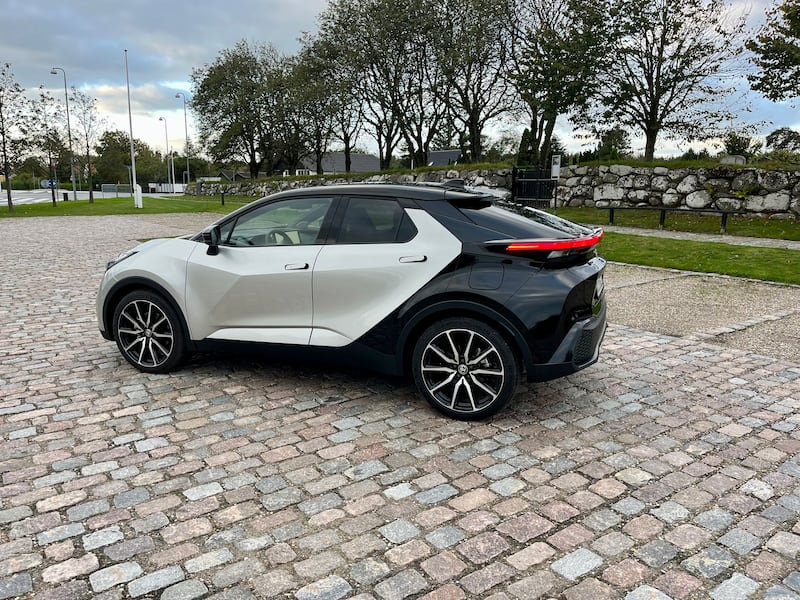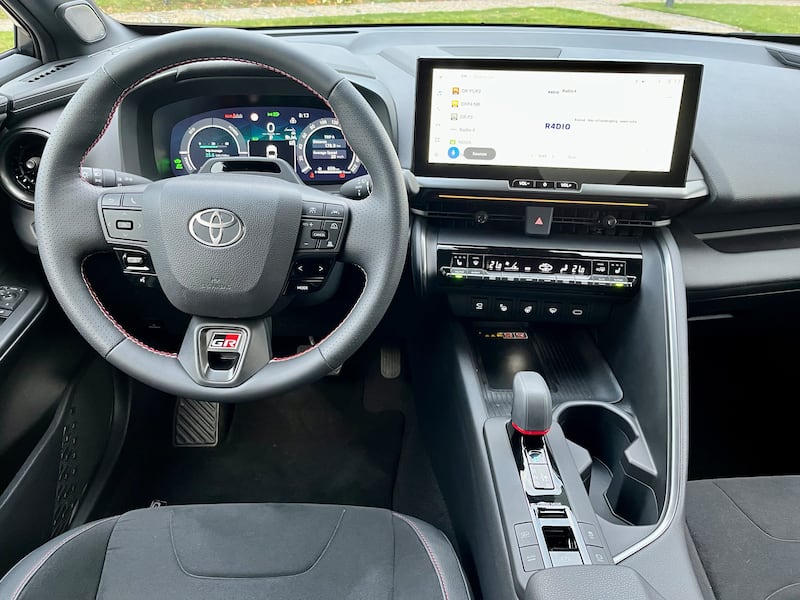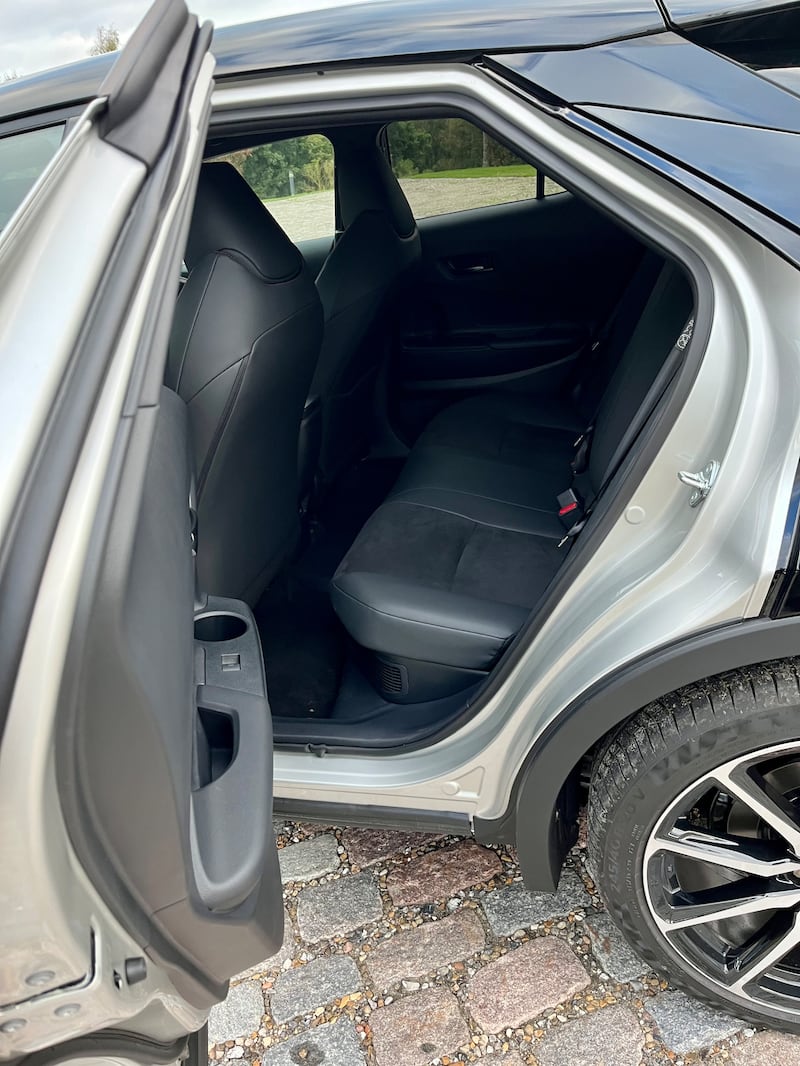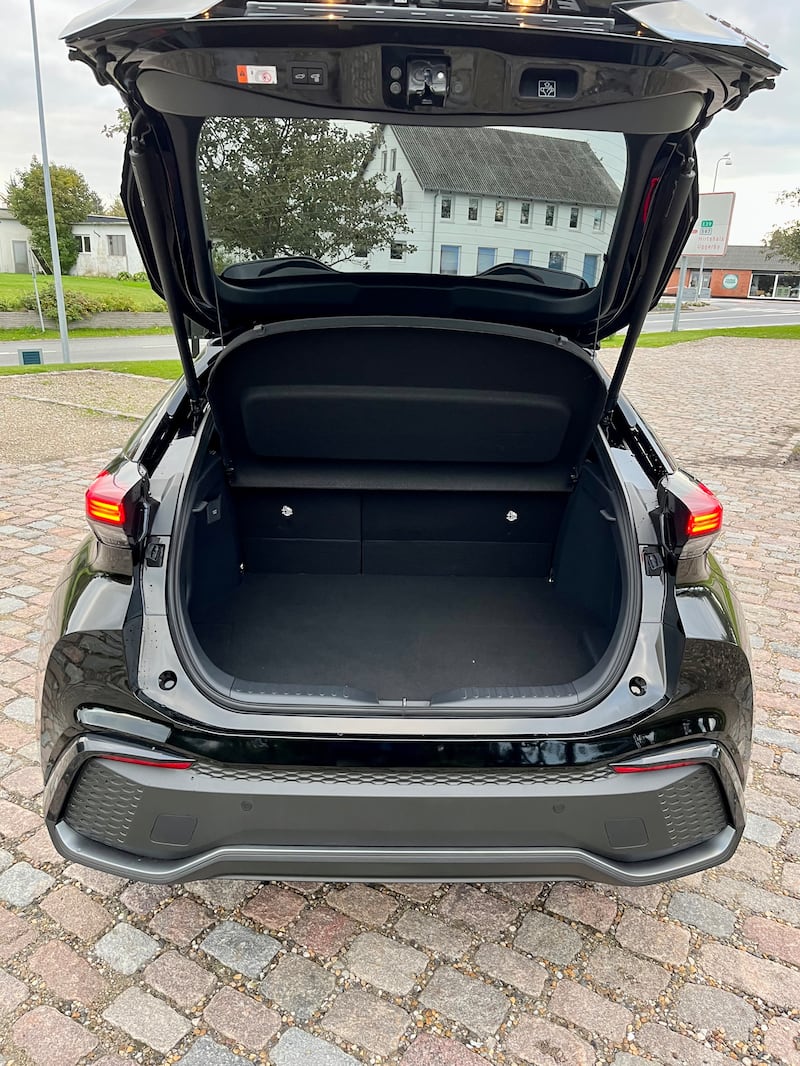Toyota may be a global car brand, but it knows that tastes and preferences differ significantly around the world. A car that hits the spot for Asian drivers may be an oddball in Europe. And there’s plenty of evidence that European buyers don’t take to the set-up of American cars. In fairness, it’s not simply down to tastes; the driving conditions differ greatly between Tokyo, Topeka and Turin.
Hence the C-HR, a car that from the line was drawn had European motorists in mind. Does the regional strategy work? One generation in and the C-HR has been Toyota’s most successful conquest model, with 59 per cent of buyers moving from other brands.
Admittedly, the first time we encountered the C-HR we dismissed its styling as far too fussy. Yet it quickly grows on you, the mix of coupe and crossover format along with some taut creases that give the car far more character than any of its rivals. If ever there were a mainstream model that showed Toyota was seeking to shed its bland image, it’s the C-HR.
Inside things were even better. The cabin in the C-HR was worthy of its premium sister brand Lexus. Sure, it was cramped in the back and the boot wasn’t really in the crossover class, but it was really well built, and if you were up the front then there was ample space.
READ MORE

Now comes the second generation, an evolution on the styling and indeed on the interior trim. But they haven’t turned down the effort. The creases are sharper, the sculpted lines more pronounced. There’s even a two-tone paint option that’s a step too far for our tastes, but it’s there for those who want it.
There is something else more notable about the C-HR: it’s become more selfish. When it launched, the C-HR was a car for couples, either young ones without children or those who offspring have flown the coop.

This C-HR is a bit more selfish; this car is focused on the driver. True, the front passenger gets decent legroom and they don’t skimp on the materials over there. But the orientation of the dash, controls and even the central console are all directed towards the driver. There’s even a high solid barrier that blocks the passenger fumbling around with the phone shelf. Second generation and the C-HR seems now to prioritise the singles market.
The ongoing preference for crossovers, supposedly for the higher seating position, is satisfied in the C-HR, offering visibility that seems much better than we expected, while the mix of a 12.3in digital touchscreen display and physical buttons prove to be an ergonomic success.
There are, of course, back seats and they do accommodate adults. But the hefty c-pillars and sweeping roofline mean it’s a very cosseted place to spend much time. There’s certainly a sense that backseat passengers are being transported begrudgingly and out of the benevolence of the owner.


Of course, for shorter adults or children, the sloping roofline will not be an issue, and Toyota sales staff with some common sense will direct family buyers to the Corolla Cross. And if you are determined to opt for C-HR though you regularly use the rear seats, then there is the option of the panoramic roof that lightens it up back there.
The best news, however, is on the road. The C-HR has sharper dynamics, both in terms of soaking up the bumps and holding things strong in the bends. Along with the current 1.8-litre 122hp regular hybrid — and 2-litre 184hp hybrid offered in the GR Sport spec — Toyota has added a plug-in hybrid version to the C-HR ranks. This is the one we got to test extensively in recent weeks.
At its heart is a 2-litre 152hp four-cylinder petrol engine that combines with a 163hp electric motor supported by a 13.8 kWh battery pack.
The highlight figure is an official electric-only range of 66km (we achieved an impressive 50km during our driving) before reverting to regular hybrid. The real highlight, however, is how smoothly this set-up moves from petrol to electric power. As with the new Prius, the acceleration is responsive and there’s a lot less of the sewing machine soundtrack when you kick down on the throttle.
Our issue with Toyota’s early hybrids was that the petrol engines were too small and the transmission set-up too slow to respond. This PHEV format suffers from little of this and unless you really push the C-HR, you won’t get the sort of engine whine we’ve come to hate in so many hybrids.
That’s not say Toyota has sacrificed efficiency for acceleration. In PHEV guise it still delivers a CO2 output of less than 20g/km and a claimed fuel consumption of less than 1l/100km (235mpg).
PHEVs have come in for quite a degree of criticism, but for many rural motorists making their first move to electric and in situations where charging remains a challenge, the plug-in format seems a good alternative. As for the anti-crossover bias, the fact this car’s physical footprint is the same as a Ford Focus should placate those who rail against behemoth SUVs. The C-HR certainly doesn’t fit that bill.
Prices for the new C-HR will start at €40,520 when it lands in its 1.8-litre hybrid guise at the start of the year. There is no price as yet for the PHEV version, which will hit the market later in 2024, but expect it to come in below €50,000. That will put it higher than many rivals, and perhaps tempt some buyers to take the price walk to €54,000 for the more spacious Rav4 PHEV.
Yet for those who don’t need the extra space, eschew the two-tone bodywork and you have a stylish car that will cope with the needs of couples, even if the front cabin is selfishly styled with the driver in mind.















